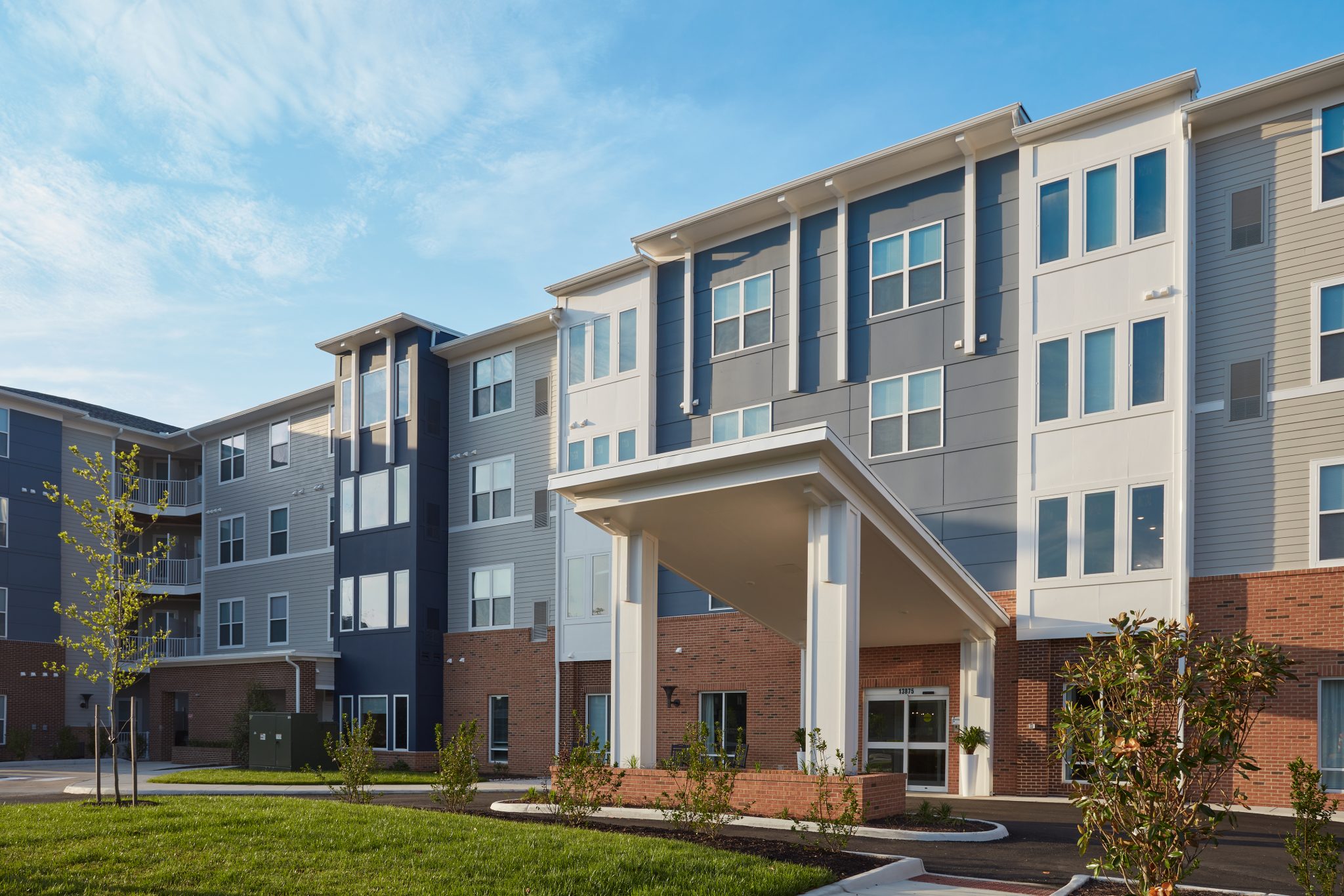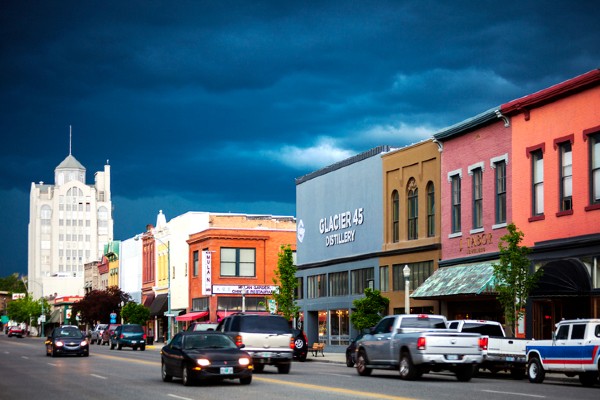Baker City played a major role in the journey of settlers traveling on the Oregon Trail in the mid-1800s. As settlers headed toward Oregon’s Willamette Valley, they could see the Blue Mountains from Baker City. This mountainous landmark was a sign that their journey was coming to an end, which was much-desired for the road-weary travelers who had endured everything from disease to deadly skirmishes.
Baker City is still home to some massive preserved ruts left by Oregon Trail settler wagons. You can find 7 miles of these tracks, a remnant of the journey’s spirit that’s still alive in this area.
>> Read “How to Explore the Oregon Trail Near Baker City Near Settler’s Park”
People continue to visit Baker City, OR, today to learn about its rich history. Baker City is also home to the Senior Lifestyle community Settler’s Park, which offers Assisted Living and Memory Care housing.
Learn more about the history of Baker City, which continues to influence the community today.
Explore Acclaim at Belmont Bay
The History of Baker City, OR
According to the Oregon Historical Society, most Oregon Trail travelers merely passed through Baker City, on the southern end of the Powder River Valley, on their way to the Willamette Valley. It wasn’t until four miners discovered gold in the area, a few miles south of present-day Baker City, in October 1861 that more people started to actually settle in the area. The names of those four miners were Henry Griffin, David Littlefield, G.W. Shriver and William Stafford.
By September 1862, more than 4,000 miners had come to the area in search of gold. That led to the opening of a saloon, a blacksmith shop and a hotel in the area, followed by a quartz mill in 1864. The Oregon legislature created Baker County, which included the tent city of Auburn that housed the miners.
Three years later, gold was scarcer, and miners had left. But the land area for settlers continued to grow. In 1865, attorney Royal A. Pierce platted an area to the north of Auburn that became the future center of Baker City. Auburn’s first postmaster, William F. McCray, moved his variety store and post office to Front Street in the new town.
Formal Incorporation
In 1866, Baker City became the new county seat. In 1874, the city was incorporated and had its charter approved by the legislature.
The city and county names honored Edward Dickinson Baker, who was Oregon’s first senator. Baker was the only sitting member of Congress who was killed in the Civil War.
Baker City expanded further in 1884, when the Oregon Railway & Navigation Company and Oregon Short Line linked near there. The city then gained access to Portland, Oregon, markets through the railroad, as well as to destinations on the West Coast and through to Omaha.
More economic growth came in 1889, when the Oregon Lumber Company debuted with a large mill on the south side of Baker City. Soon after, the three-story Geiser Grande hotel and fine dining restaurant debuted. By 1890, there were more than 6,660 residents in Baker City.
A narrow gauge railroad, Sumpter Valley Railway, also went under construction in the area, to transport timber from the ponderosa forests. Throughout the next two decades, the tracks extended to connect Baker City to Prairie, Oregon, 40 miles away.
When the Sumpter Valley Railway reached Sumpter, Oregon, 30 miles from Baker City, in 1896, the hard-rock mining industry started to grow in the area. The areas connected through the railway, in Baker and Grant Counties, were responsible for 60% of the silver and gold mined in Oregon.
Developing the City in Baker City
In the 1880s and 1890s, more stone and brick buildings emerged in Baker City. By 1900, Baker City was the third-largest city in Oregon. It became an important trading center and was one of the only cities between Portland and Salt Lake City to host traveling opera and theater companies. Its Victorian setting and cultural embrace helped it become known as the Queen City of the Inland Empire.
Throughout the 1900s, Baker City was a notable lumber producer. There were three lumber mills in town, to produce lumber from the Wallowa-Whitman National Forest. Baker City’s last big-log lumber mill, Ellingson Lumber Company, closed in 1996 after years of dwindling log supply and lumber prices.
The 20th century also saw an interesting part of Baker City history. In 1910, residents changed the name of Baker City to Baker. In 1989, a new vote changed the official name back to Baker City.
Diversity in Baker City, Oregon
Throughout its development, Baker City was home to a diverse ethnic population. Many local Jewish businessmen were responsible for the architectural development of the city.
Baker City also had a Chinese community from its early years through the 1940s, whose residents primarily lived in a one-block section of town that was near the work of the Chinese miners. The block included a temple and businesses. Downtown, some of the Chinese population operated restaurants and laundries.
Also, Japanese people started settling in Baker City in the early 1900s and lived and worked within the general community. After the Pearl Harbor attack in 1941, most Japanese left the area.
Baker City Today
Today, Baker City continues to be a tourist destination for visitors to learn about the historical Oregon Trail and to tour the beautiful natural landscapes, like the Elkhorn Mountains and the Snake River. Baker City is also home to the Anthony Lakes Mountain Resort, the Eagle Cap Wilderness area and the Hells Canyon National Recreation Area.
>> Read “12 Things to Do In and Around Baker City, Oregon”
Visitors to Baker City today can also tour the authentic Victorian business district, on the National Register of Historic Places. Travel Oregon reports the historic downtown in Baker City is one of the largest and most intact historic downtowns in the Northwest.
Explore Acclaim at Belmont Bay

Looking for a Baker City Home for Yourself or a Loved One?
Baker City is a peaceful, welcoming community with so much history to discover. Around 10,000 residents call Baker City home today.
Settler’s Park provides assisted living and memory care options for senior residents in Baker City. Learn about Settler’s Park in Baker City. Find out more about Senior Lifestyle, or schedule a tour today.

